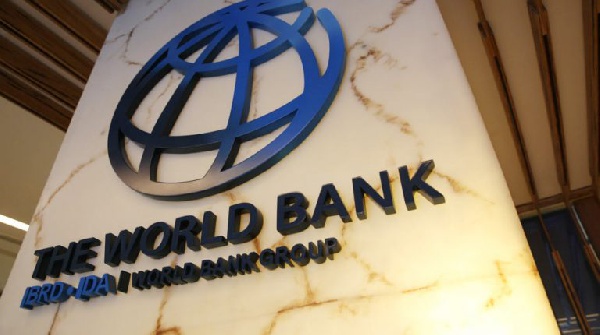Our Terms & Conditions | Our Privacy Policy
World Bank highlights five challenges in the job market in Ghana
World Bank reports says Ghanaians are ‘running on a treadmill’
The World Bank has noted that despite the expansion of Ghana’s economy, access to jobs remains a significant challenge for citizens.
According to the 9th edition of the World Bank’s Ghana Economic Update, the country’s workforce is “running on a treadmill”, shifting between jobs without any substantial improvement in income or job security.
Fuel prices to rise slightly in second pricing window of August – COMAC
Addressing labour market challenges and opportunities in Ghana’s economic landscape, the Bank outlined five key issues affecting the job market:
1 Insufficient job creation for a growing workforce
The Bank said Ghana’s jobs challenge is compounded by the rapid expansion of the young population entering the labour market.
Ghana’s youth population is projected to grow by 1.6 million over the next decade, reaching 11 million by 2035, according to the latest projections from the 2021 Population and Housing Census.
With more than half of Ghana’s population expected to be under 30 years old by then, the need to create decent and sustainable employment opportunities has never been more urgent.
2 Weak labour demand in productive sectors
The report noted that while urbanisation and structural transformation have driven labour out of agriculture, Ghana’s productivity growth has been hindered by a shift toward lower-productivity sectors.
“Instead of moving into high-productivity manufacturing or services, many workers transition into lower-productivity sectors such as government and trade services,” it stated.
3 Mismatch between rising education levels and availability of high-quality jobs
The informal sector continues to dominate Ghana’s labour market. In 2023, only 13% of workers aged 15–64 held high-quality jobs—defined as formal wage or high-skilled roles—down from 15% in 2012.
The World Bank noted that the scarcity of high-quality jobs has resulted in high levels of involuntary self-employment and widespread informal work arrangements.
Low-quality employment—such as low-skill own-account work, family labour, and informal wage work—accounts for 53% of the working population.
4. High job mobility but limited upward progression
Ghana’s labour market is marked by high worker turnover. About 40% of initially employed individuals shifted to a different employment status during the period studied, showing substantial mobility across jobs but with limited career advancement.
5. Persistent gender disparities in access to better jobs
The report highlighted that Ghana has a narrow gender gap in labour force participation, just 2 percentage points—which is relatively small for the country’s level of development.
However, the share of women in low-quality informal self-employment rose from 48.5% in 2012 to 57.4% in 2023, while men remain more likely to hold high-quality jobs, which account for nearly one-quarter of male employment.
World Bank commiserates with Ghana after fatal helicopter crash
SSD/MA
Images are for reference only.Images and contents gathered automatic from google or 3rd party sources.All rights on the images and contents are with their legal original owners.



Comments are closed.